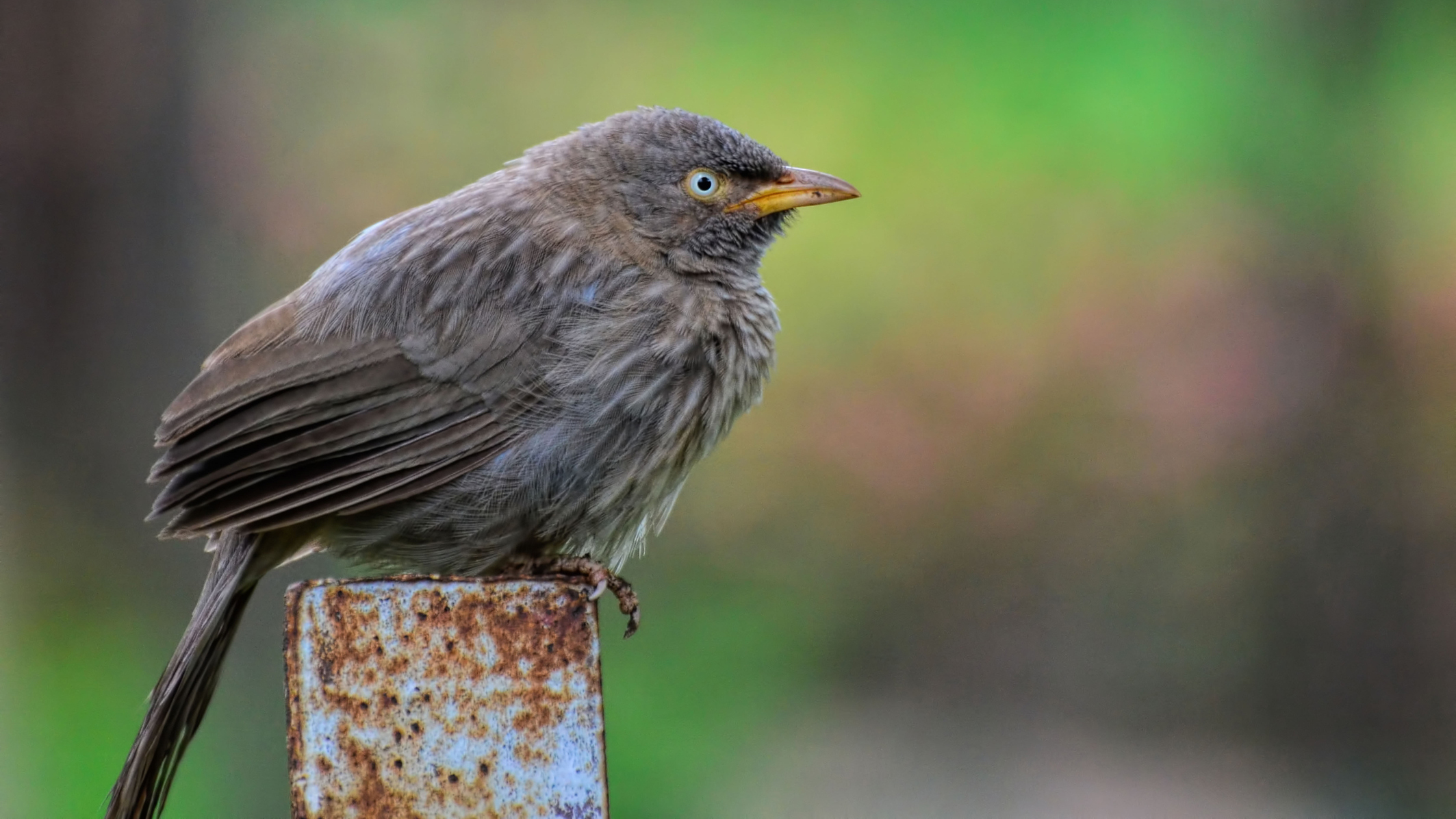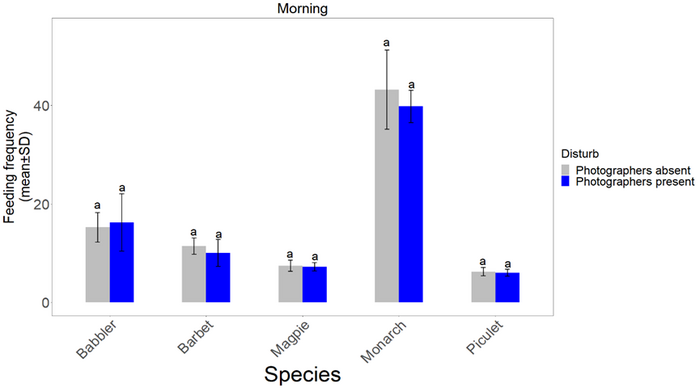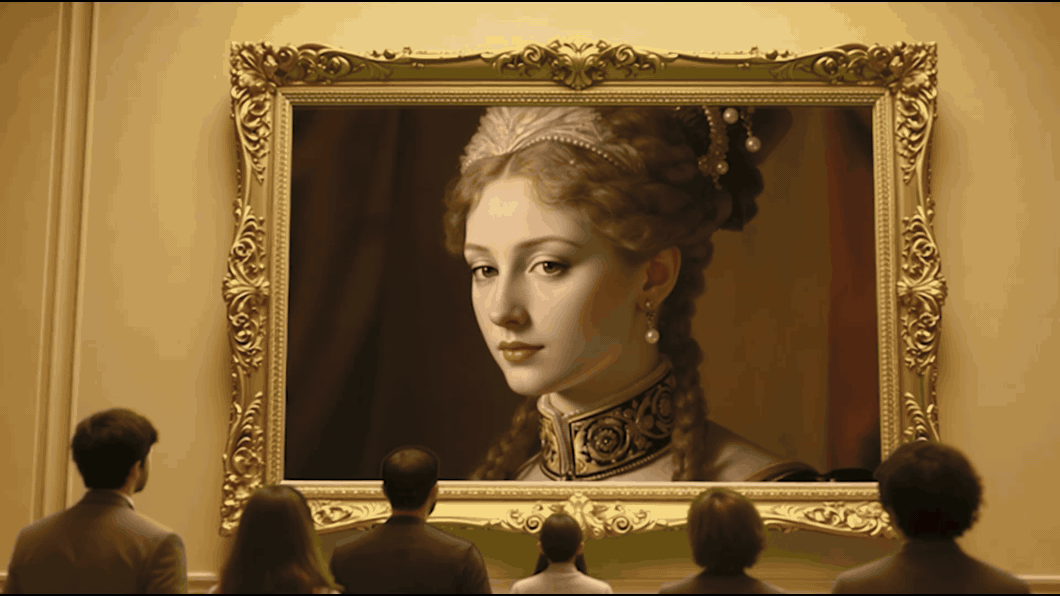Bird photographers may be beneficial to nesting sites, new study shows
A Chinese PhD student made a surprising discovery that shows photographers are helping a population of Nonggang Babblers

A PhD student at Guangxi University in China has made a surprising discovery about how photographers affect the nesting sites of the Nonggang Babbler. While you would assume that any sort of photography close to nesting sites would be disruptive, this study shows that the opposite is true.
It’s no secret that bird and wildlife photographers can have a bit of a reputation for disrupting the animals they're photographing. From flying drones too close to flamingos to flying one so close to an alligator it actually tried to eat it, more often than not wildlife photographers get a bad rep for negatively affecting animals.
However, a recent study into the effect of photographers on nesting sites of the Nonggang Babbler bird shows that the photographer's proximity to the nests is actually increasing the number of birds that hatch.
• Read more: Best camera for wildlife photography
In 2008, the Nonggang Babbler species was discovered in a limestone tropical forest region in southern China. Since then, there has been a sharp increase in the number of bird photographers visiting the area and scientists were worried about the effect this would have on nesting sites.

Xiaocai Tai, a PhD student at Guangxi was part of a study researching the effect of photographers on bird nesting sites - specifically monitoring nest predation and parental feeding rates. Statistics show that previously anywhere between 60-70% of nestlings in the region were being killed by other birds, mammals and reptiles making the young Nonggag Babbler extremely vulnerable.
Over the course of 12 months, Tan and her team monitored 277 bird nests and 42 different species only to discover that the predation rate on nests that were being photographed was significantly lower than the ones that weren’t. In fact, the nests that were being photographed only had a predation rate of 13.3% while the un-photographed nests had a predation rate of 63.3%.
Get the Digital Camera World Newsletter
The best camera deals, reviews, product advice, and unmissable photography news, direct to your inbox!
• Read more: Best lenses for bird photography
Tan explains the findings, “In other words, the presence of the photographers increased the survival rate of the bird nestlings. Interestingly, their presence had little effect – positive or negative – on the feeding rates in those nests.
While this research shows that photography has had a positive impact on nesting sites, wildlife experts aren’t encouraging photographers to visit nest sites. Aiwu Jiang, the investigator who led the study said, “ There needs to be a further assessment on other aspects of nesting and other kinds of stress responses before the total effect of bird photography can be understood."
This is positive news for both photographers and Nonggang Babblers but not so much for the predators who are having to find a meal elsewhere. The study has now been published in the keAi journal, Avian Research.

Having studied Journalism and Public Relations at the University of the West of England Hannah developed a love for photography through a module on photojournalism. She specializes in Portrait, Fashion and lifestyle photography but has more recently branched out in the world of stylized product photography. Hannah spent three years working at Wex Photo Video as a Senior Sales Assistant, using her experience and knowledge of cameras to help people buy the equipment that is right for them. With eight years experience working with studio lighting, Hannah has run many successful workshops teaching people how to use different lighting setups.
